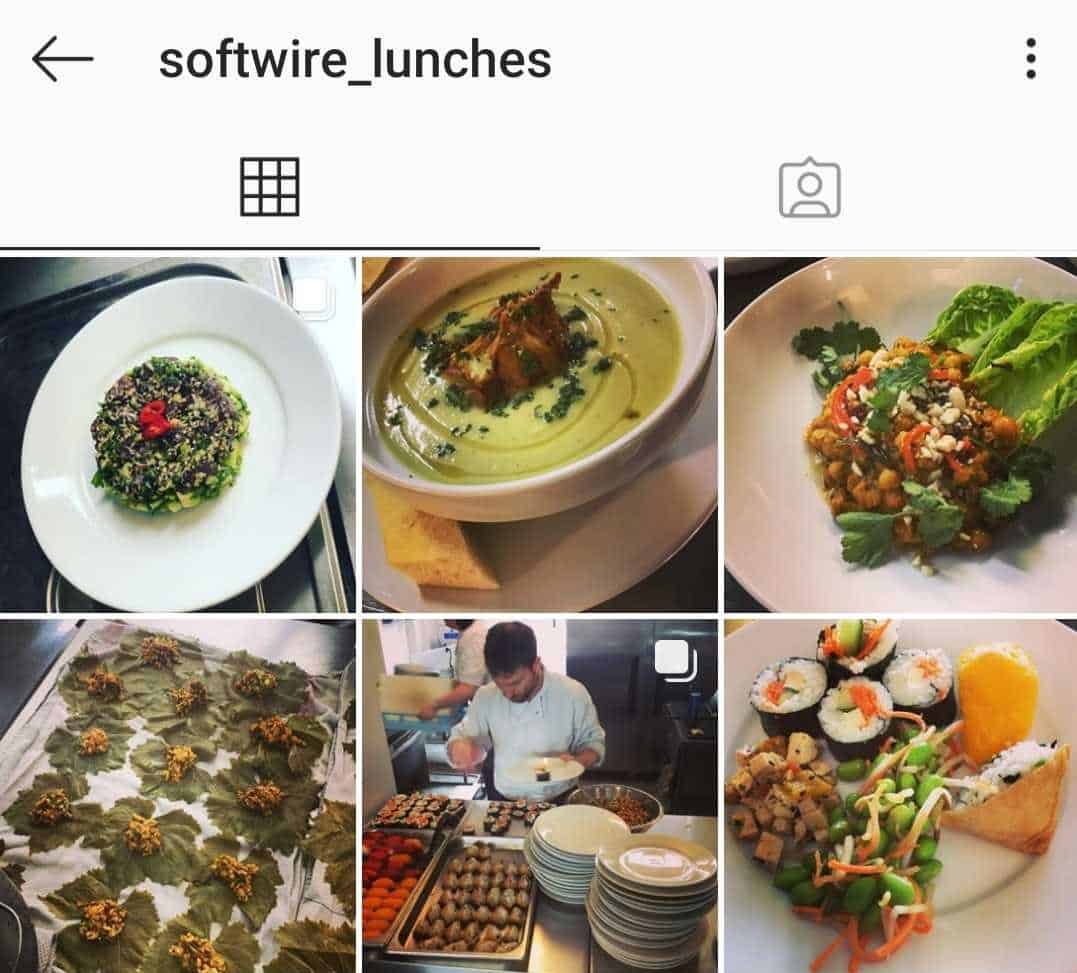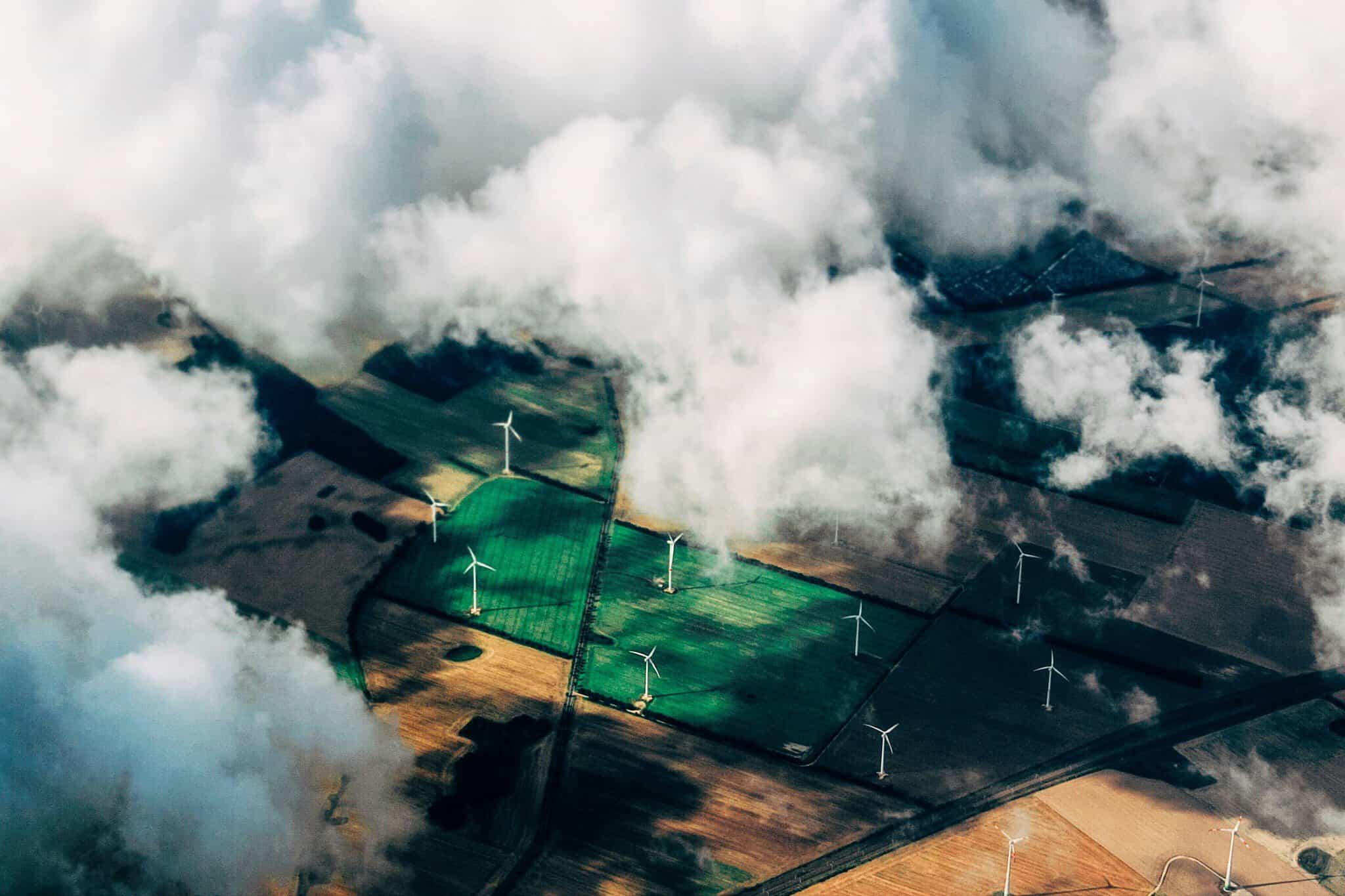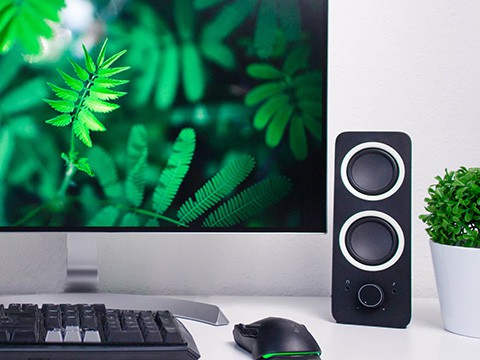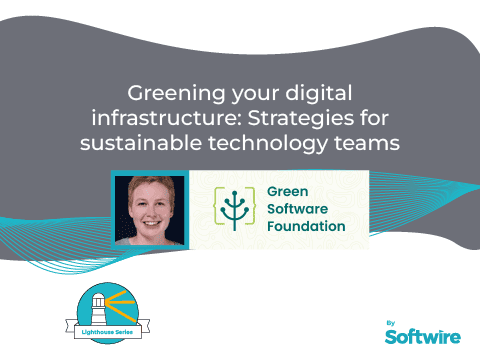
Wednesday the 8th of January 2020 saw Softwire celebrate a significant milestone – and if you hadn’t seen the title of this blog, it would probably take a lot of guesses to work out what it was.
We’re not talking about the delivery of a major project, or hitting a key profit target. This landmark was in fact that our in-house kitchen served its 100,000th meal in the eight years since we launched our bespoke online ordering app (we are a tech company, after all).
Evolving eating habits
Meal number 100,000 was Pasta e Fagioli, a rich and hearty bean and pasta soup with fresh herbs and tomatoes, topped with croutons. That it’s a vegetarian dish is symbolic of the significant shift we’ve seen in people’s eating choices during the time we’ve had digital ordering.
In the early years, around 65% of the meals we served were meat- or fish-based. This has dropped to just 35% today, with vegan meals accounting for much of the difference.
It’s something I’m personally really pleased about. When I joined four years ago (first as sous chef, before becoming head chef), I made it one of my goals to persuade more people to eat vegetarian and vegan food. This was partly because I love great vegan food myself, and know how delicious it can be. The other reason was environmental sustainability.
This topic is high on the agenda at Softwire – we even dedicated one of our podcast episodes last year to it. And the kitchen can play a big role.
Delicious and sustainable
The relative environmental impacts of rearing meat vs growing vegetables have been widely discussed. While it’s a complex and multi-faceted issue, many agree that reducing the amount of meat humans consume is beneficial for the future of our planet. As a chef, I see it as my team’s role to offer people food that’s both delicious and environmentally sustainable.
What does this mean in reality?
One aspect is to encourage people to eat vegetarian or vegan food, by creating really tasty dishes. Of the two meals colleagues can choose from every day, one is always vegetarian or vegan. We also run ‘Veggie Mondays’, where both dishes are meat-free.
What’s particularly interesting is that 43% of those who do eat meat at Softwire, told us they’re increasingly choosing the vegetarian dish, even when there’s a meat option available.
Widening horizons
Encouraging more sustainable eating habits isn’t just about vegetarian food, of course. We’re fortunate that because people eat with us so regularly, they come to trust that they’ll enjoy whatever we cook. Add to this the fact that Softwire subsidises the meals – they can cost staff as little as £1.10 – and it means people are much more willing to try new things than they might be in a restaurant, where they’d have gone for a treat and be paying full price.
As a result, we can be adventurous with our ingredients, offering dishes that are highly environmentally sustainable, but that people may be unlikely to order in a restaurant.
For example, we recently made insect bhajis, using puréed crickets and locusts. While the thought of eating creepy-crawlies will weird a lot of people out, the dish was surprisingly popular, and colleagues told us they loved it. It’s also an incredibly efficient way to get protein.
Moreover, having tried and enjoyed an insect-based dish here, they’ll now be more likely to choose one if they see it on another restaurant’s menu. In this respect, our sustainability impact can go far beyond the food we cook here.
Sustainably sourced ingredients
Another essential part of running a sustainable kitchen is to choose ingredients carefully. We make sure our suppliers can tell us which farms our meat and vegetables have come from, and we design our menu to use seasonal produce that’s grown or reared as locally as possible, to reduce its road miles.
We use free range meat, corn-fed chicken, and seafood that meets a variety of sustainability accreditations – scallops must be hand-dived, for example. As well as being better for the environment, sustainably sourced food generally tastes better, so it’s good all round.
Minimising wastage
Wastage is another major topic when it comes to sustainability in the food industry. In this regard, our pre-ordering system means we can get closer to zero waste than most other professional kitchens, since we always know exactly how much food to order in.
Moreover, the kitchen team also works together closely to ensure that when we buy in a bigger quantity of an ingredient for a particular dish, we then design subsequent dishes to use up any remainder.
Similarly, we let each other know if a dish we’re designing will create useful by-products, to ensure these too get used up. The delicious stock that gets created when we do a boiled ham, is a good example.
Affordable sustainability
I wanted to wrap up by looking at the financial cost of producing meals sustainably. When you lay out the sustainability credentials of the food we serve – particularly around our choices of ingredients – people often expect the meals will be expensive, and that the only reason we charge so little is because they’re subsidised.
In actual fact, the price staff pay is the total cost of the ingredients on their plates. And this sends out a powerful message: that sustainable dishes don’t need to be expensive.
Yes, we benefit from wholesale prices, but this is just part of the story.
We’re very lucky to be given the budget, time and flexibility to really work on our sustainability. And this is a luxury that other institutions or households may not have. But I’d encourage everyone to try to buy local, and to plan meals more so you don’t end up wasting things. These little changes can help every one of us make our meals more affordable and more sustainable, while ensuring we still enjoy delicious food.


